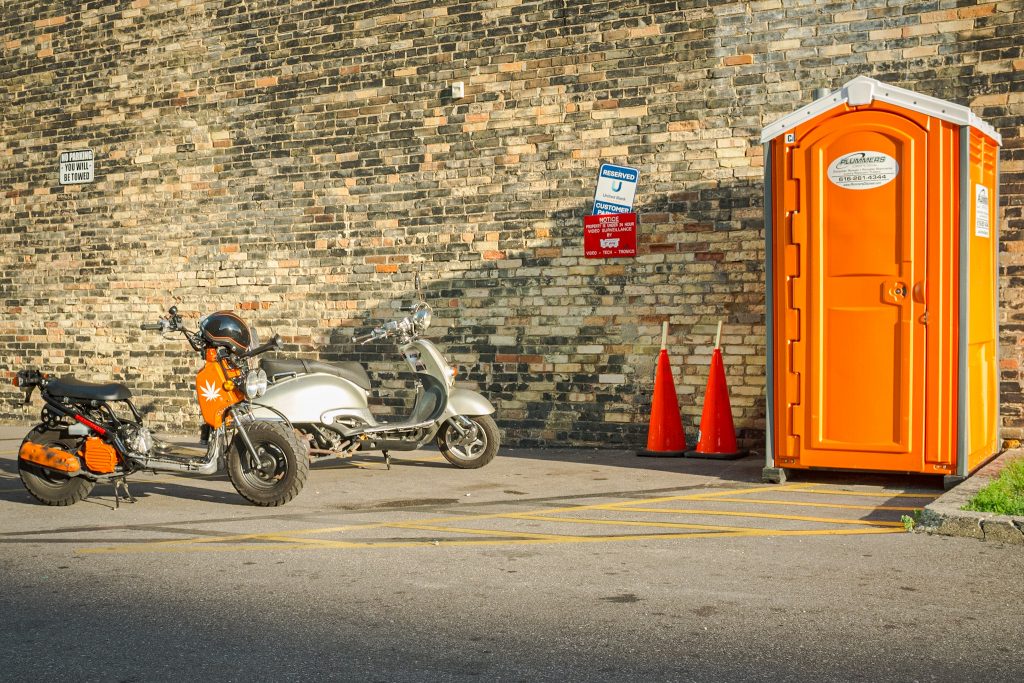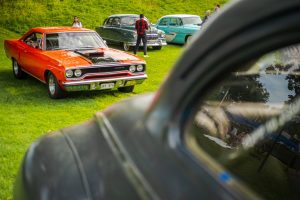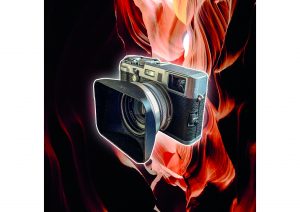
Vätterstranden, Jönköping, Sweden. Fujifilm X100 original.
Ever since I first saw the OG X100, I knew it was everything I wanted in a digital camera. This is a love letter to a flawed beauty.
Dials, small footprint, rangefinder—it had everything. The Fujifilm X100 was the future of the digital camera market. And, I might add, it was the camera that photographers who couldn’t afford a Leica desired.
The Fujifilm X100 was equipped with a 12.3-megapixel APS-C CMOS sensor, a fixed 23mm f/2 lens, and a hybrid viewfinder that allowed users to switch between optical and electronic views. These specifications, while modest by today’s standards, were groundbreaking at the time. The camera’s fixed lens ensured sharp, high-quality images, while the APS-C sensor provided excellent depth of field and low-light performance.

Homemade metal guard I made to minimize the risk of the exposure compensation dial turning unexpectedly. Fujifilm X100 original.

Fujifilm X100 original.

Fujifilm X100 original.
At the time it came out, back in 2011, the firmware was plagued with bugs, and there was only one “true” customizable button—the Fn button on the top plate. It had autofocus, naturally, but it was slow and inaccurate. The aperture ring only worked in whole stops, and the shutter speeds did as well, but the wheel on the back gave the photographer control in 1/3 increments.
However, it fit my needs and desires perfectly, as I already used only the back AF button for focusing with my previous system. The fixed lens situation was also welcome—I only shot with 35mm, 50mm, 60mm macro, and 85mm primes.
Zone focusing while on the streets worked—and still works. Each update made the experience better and better.

Fujifilm X100 original.

Fujifilm X100 original.

Fujifilm X100 original.

Fujifilm X100 original.
I bought my Fujifilm X100 used in January of 2013 after trying one out in a camera store in Gothenburg, Sweden. I fell in love immediately and needed one. I traded in my Nikkor 85mm f/1.8 and 3,500 SEK (about 350 USD). The seller accepted, and I ended up keeping my old camera body, a Nikon D200 I had bought about five years prior. It still sits in a box in my basement.

Fujifilm X100 original.

Fujifilm X100 original.

Fujifilm X100 original.
Anyhow, I put the X100 in my small National Geographic camera pouch that I normally used with my Kodak Retinette IB, and it came with me everywhere. It has seen the Italian Alps, zipping down the slopes. It has seen Arizona, US, in scorching heat.
When used properly (never trusting the AF and not using too high of an ISO setting), it always produced a decent picture.

However quirky, it reignited my love for photography. Prior to the X100, my photography had been reduced to only macro photography, but my real passion was impromptu portraits and street photography.




Together with its nice colors, great form factor, and visible physical controls, the X100 allowed the photographer to completely stop chimping. The switch on the front allowed you to effortlessly switch between OVF and EVF.

Fujifilm X100 original.

Fujifilm X100 original.

Fujifilm X100 original.
Yet when it was time to upgrade a few years back, after having preached about the great qualities of my dear X100, I did not go with a new X100.

Fujifilm X100 original.

Fujifilm X100 original.


Fujifilm X100 original.

Fujifilm X100 original.

Fujifilm X100 original.
Why? Well, the price of a used contemporary X100 in 2021 kept me away. Instead, I chose between the X-E4, X-Pro3, and an X-T3.

Fujifilm X100 original.

Fujifilm X100 original.

Fujifilm X100 original.
The original X100 made it through 40°C (104°F) temperatures in Tunisia and -15°C (5°F) in the Italian Alps, but it was not weather-sealed, which always stressed me out. So when buying a new camera, it had to be weather-sealed. That ruled out the X-E4. I also wanted a camera that was not too pricey and had good video recording capabilities. That ruled out the X-Pro3. Although, it was mostly ruled out due to the price point. I would have had to spend more than double the money at the time to purchase a used X-Pro3.

Grand Haven, MI, USA. Fujifilm X100 original.

Grand Haven, MI, USA. Fujifilm X100 original.

Grand Haven, MI, USA. Fujifilm X100 original.

Grand Rapids, MI, USA. Fujifilm X100 original.
As I am writing this, the Fujifilm X-T3 I ended up buying pre-used back in 2021 is sitting next to me on my desk. It shoots video in 4K and has decent slow-motion recording capabilities. It is small enough that with a pocketable lens, the camera fits in a bigger pocket.

Grand Haven, MI, USA. Fujifilm X100 original.

The pictures are great and the price was hard to pass up. I bought it for 8,500 SEK (roughly 850 USD), including the 18-55mm f/2.8-4 kit lens and a battery grip. The X100 was affordable in 2013 – just like the X-T3 was in 2021. I use my X-T almost every day and it comes with me to work in my shoulder bag.




Fujifilm X100 original.

Fujifilm X100 original.

Fujifilm X100 original.
While the X-T3 has treated me well and delivered in almost all conditions, I never fell in love with it the way I did with the X100. And until I can buy a Leica M-series digital camera without leaving a considerable hole in my savings account, I probably never will.

Fujifilm X100 original.

Fujifilm X100 original.

Fujifilm X100 original.
The X100 was my first and only camera-love.




